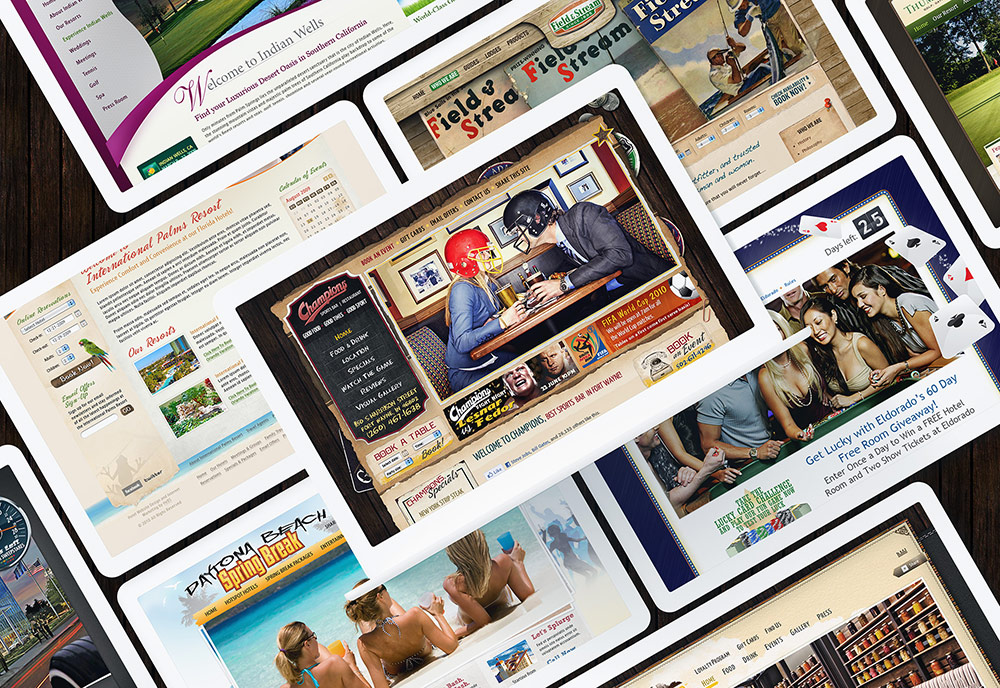Skeuomorphism Definition
Skeuomorphism is a design approach often used in graphical user interface (GUI) design that makes interface objects appear and/or act like their real-world counterparts. A classic example is the recycle bin icon used for discarding files. This technique helps to make the interface more intuitive and accessible to users, as it relies on concepts that they are already familiar with.
Beyond Flat Design and Apple's Legacy
In the ever-evolving design world, we often oscillate between trends that define our interfaces' aesthetic and functional aspects. One such trend that has seen its fair share of limelight and debate is skeuomorphism. Contrary to the popular narrative, skeuomorphism transcends the binary of dimensional and textured versus flat design, and its roots are far more profound than the realms of digital interfaces.
A Historical Perspective
It's a common misconception that Apple pioneered skeuomorphism. However, its origins trace back to ancient times. Take, for example, the architectural marvels of ancient Greek temples. They featured decorative elements like mutules, guttae, and modillions - originally functional in early wooden temples. These features were retained in stone, not for function, but for form. This early instance of skeuomorphism highlights a crucial aspect of design: the inertia of tradition.
The Inertia of Design
Skeuomorphism is akin to design inertia - elements persisting beyond their functional necessity, carried forward by the sheer force of tradition and familiarity. Retaining old forms in new designs serves more than just an aesthetic purpose; it bridges the familiar and the novel. This historical perspective sheds light on the essence of skeuomorphism—it's not just an aesthetic choice but a nod to our collective design heritage.
More Than Just Aesthetics
Modern discourse often reduces skeuomorphism to mere visual details: volume, textures, shadows, or highlights. However, skeuomorphism encompasses more than just interface design; it delves into ingrained habits and user psychology. It's a tool that aids in easing users into new experiences by providing them with familiar cues. This aspect of skeuomorphism is essential in a world where technology is rapidly evolving, and user adaptability is critical.
The Resurgence in UI Design
Lately, there's been a noticeable resurgence of skeuomorphism in UI design. This resurgence is a testament to the enduring nature of skeuomorphism. It's not just about bringing back old design elements for nostalgia's sake; it's about acknowledging that skeuomorphism has a role to play in creating user interfaces that are intuitive and engaging. This new wave of skeuomorphism, sometimes called 'neumorphism', blends the familiar with the innovative, creating interfaces that are aesthetically pleasing and functionally intuitive.
Skeuomorphism has remained; it has evolved. It reminds us that design is not just about chasing the latest trend but understanding the deeper connections that users form with the interfaces they interact with. It's about recognizing that sometimes, the best way to move forward is to acknowledge and incorporate elements from the past.
So, do you dig skeuomorphism? Whether you're a fan or a critic, it's clear that skeuomorphism plays a pivotal role in the narrative of design, transcending trends and reminding us of the enduring power of familiarity and tradition in the digital age.
At SUUR, we've designed numerous skeuomorphic design projects, emphasizing skeuomorphism's unique and engaging approach. Interested in incorporating skeuomorphic elements into your project? Let's talk!
